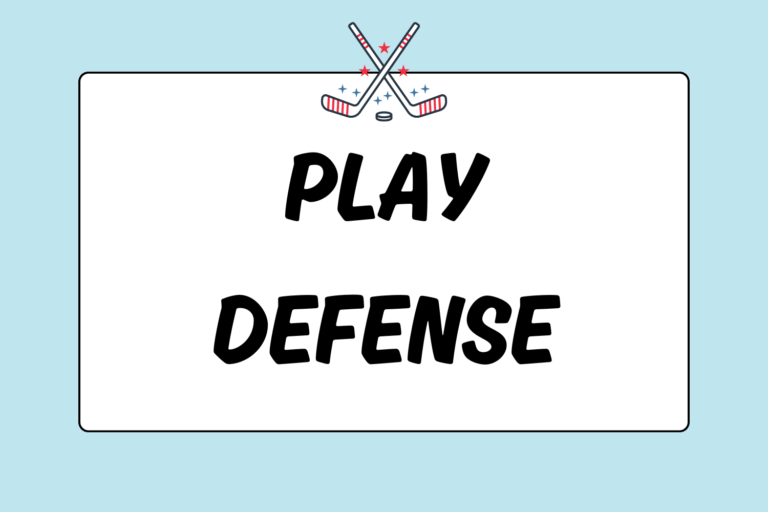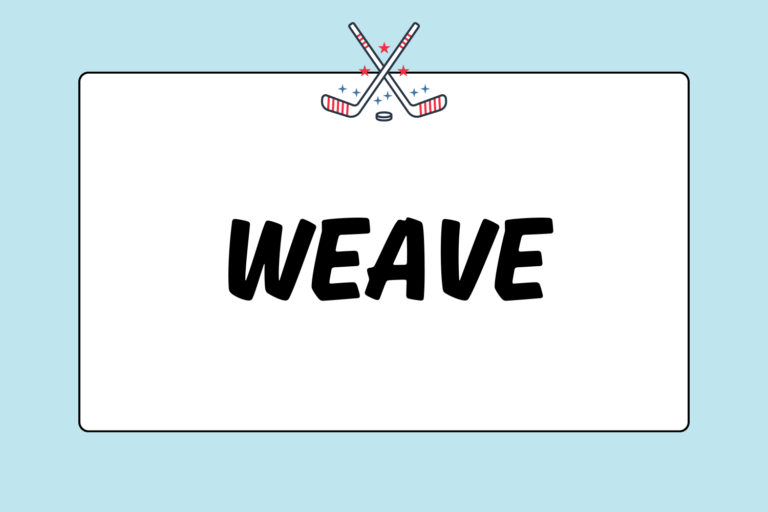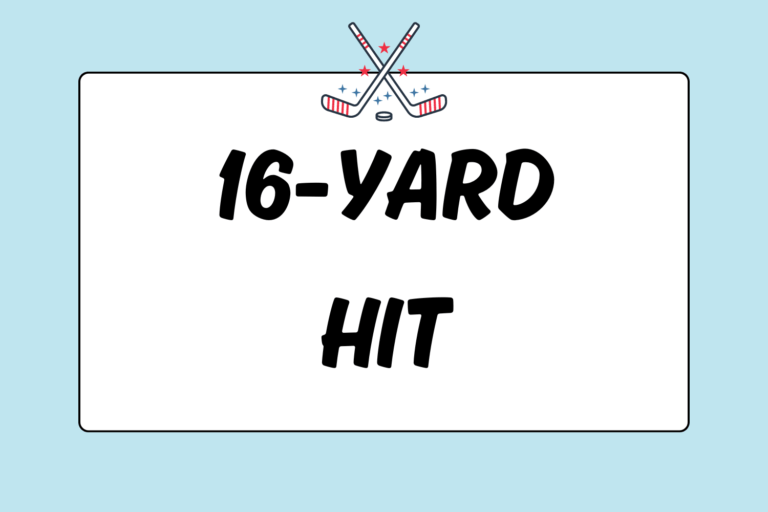There was a time when field hockey was a contact sport. As years passed and rules changed, however, field hockey started to evolve into the modern game is it is today and stick skills became the focal point. Physical contact fell out of the equation and the sport became much more technical.
For the purpose of adding excitement to the game, the International Hockey Federation has altered rules to make the game faster. Below is a simplified version of field hockey’s rules that will help you become acclimated to the game.
Coin Toss
Field Hockey games begin with a coin toss by the umpire. The home team gets to choose whether it wants heads or tails. The team that wins the toss gets its choice of either possession of the ball at the start of the game or the side of the field it would like to defend.
Teams
Each team puts 11 players on the field at a time — ten regular players and one goalie. Five substitution players remain on the sideline. In rare circumstances, a team will choose to pull its goalie off the field in exchange for an extra field player. The players on the sideline can be used as substitutes for any of the players on the field at any given time. The number of substitutions made is up to the umpire.
Positions
Positions in field hockey are not absolute. Generally, though, teams arrange players into defense, midfield, and attack. Most teams choose to have a goalie, but a goalie is not required. Many teams include a single sweeper who acts as a last line of defense in front of the goalie. The minimum number of players needed for a game to be considered a regulation game is nine, including the goalie. Depending on the division and/or league, however, this number can vary.
To have goalkeeping privileges, a player must wear a helmet and a jersey that is a different color than that of her teammates. A full protected goalie cannot leave her side’s defensive 25-yard line during play, unless the goalie is defending a penalty stroke.
Substitute goalkeepers — or “kickers” — do not wear the full goalie equipment; they only wear a helmet, different colored shirt, and sometimes goalie leg pads. Kickers are field players that play goalie only when their team does not have one, or if the team wants an additional player instead of a goalie. They can leave their side’s defensive end, but cannot use their feet or hands outside the 25-yard mark.
Stick Basics & Handling
The head of a hockey stick is hooked. The right-hand side of the stick is rounded, while the left-hand side is flat. The ball can be played on the flat, left-hand side of the stick, or on its edge; it cannot be played on the rounded side. This is natural for right-handed players and unnatural for left-handed players. Unfortunately for lefties, left-handed sticks are not allowed to be used in games.
To make a legal hit to the right without using the rounding side of the stick, a player must turn the stick over the ball and use the flat side. Taking a hit by reversing the stick head — turning the handle approximate 180 degrees over the ball — and striking the ball with a left-to-right swing with the flat side of the stick is called a “reverse hit.”
Keeping the ball under close control is called dribbling, or stick handling. Dribbling is used when running with possession of the ball. It helps a player maneuver past opposing players for a chance to shoot on goal. Other essential skills for playing field hockey are the ability to control, pass, push, stop, and shoot the ball with your stick.
Foot Foul
Field players are not allowed to use their feet, or any other body part, to control the ball. If the ball hits a player’s foot, the umpire will either award the other team a free hit or let the game continue if the other team gains an advantage. Only the goalkeeper is allowed to use her hands, feet, and body to stop or strike the ball.
Air Ball
The ball is allowed to be lifted in the air as long as the referee does not consider the play to be “dangerous.” The referee will make that call if the ball could potentially hit or injure another player. The general rule is that the ball should not be lifted above the knee within five meters of another player. An exception to this rule is when the ball is raised by using a scooping or long-pushing action of the stick, or when there are no players in the same proximity as the ball. The ball cannot be hit into the air unless it is a direct shot on goal.
Scoring
There are three different ways to score a goal in field hockey:
- Field goal
- Penalty corner
- Penalty stroke
Field Goal
A goal can only be scored if the shot is taken within the “shooting circle,” a semi-circular area in front of the opponent’s goal. The shooting circle is also known as the “dee” or “D” for the defensive team. The ball must be touched by a player on either team inside the circle for it to count as a goal.
Penalty Corner
A penalty corner is awarded when the defensive team breaks certain rules inside the D, or when a defender commits an intentional offense outside the circle but within the 25 yard (23 meters) area.
Play is stopped for a penalty corner to allow time for both teams to set up its respective attack and defense positions. Defense is allowed five defenders, including the goalie on the end line.
One attacker stands on the end line 11 yards (10 meters) away from the goal and pushes the ball out to the attackers on top of the shooting circle who are waiting to take a shot on goal. The rest of the defensive team must stay behind the center line until the ball is pushed out by the offensive player.
In order for a goal to count during a penalty corner, the ball must travel outside the shooting circle before an offender can take the shot. The receiver will then push the ball back into the circle for a shot to be taken. The shot has to be taken inside the marked circle for the goal to count.
The first shot is a hard hit on goal. If the ball is lifted in the air above the backboard, the goal will not count. The only exception to this rule is if the first shot is a “scoop” or a “flick” — shots that are lifted in the air with a long scooping or pushing action. On the international level, the “drag flick” is the most popular type of lifted shot on short corners.
Teams generally have a set play for short corners. A short corner is the best opportunity to score in field hockey, because the offensive team attacks with twice as many players as the defensive team.
Penalty Stroke
A penalty stroke is a single shot taken on goal by an offensive player chosen by her team. The goalkeeper is the only opposing player that can defend this shot. A stroke may be awarded for a number of reasons. The most common reason for a stroke to be taken is when a defender commits a foul that directly prevents a goal from being scored.
The shot is taken from a spot referred to as either the stroke mark or p-flick. It is located seven yards (6.4 meters) directly in front of the goal. Game play is stopped during the penalty stroke and all players must stand outside the circle, 25 yards (23 meters) away. The player must push, flick or scoop the ball and is permitted to raise the ball to any height. When the stick makes contact with the ball, it should make no distinct hitting noise; otherwise the umpire can negate the penalty stroke.
Free Hits
Free hits are awarded throughout the main part of the field for general offenses by either team. The most common fouls that lead to free hits are:
- Obstructing an opponent from playing the ball
- Interfering with the stick or body when tackling
- Kicking the ball
- Playing the ball dangerously (including lifting the ball)
In a free hit, the ball is given to the fouled team where the offense took place. The ball is placed on the ground and a player will re-start the action by passing it to a teammate, hitting the ball forward or backward, or through a self-pass (either by dribbling the ball or hitting it into space). All opposing players must stand at least five yards from this player until the ball is put into play.
If the ball is within the 25-yard area of a goal, the ball cannot be directly hit into the circle. The ball must travel five yards by dribbling or passing before it can be hit into the circle and shot at goal.
Obstruction
Obstruction is a huge part of field hockey and is a direct contribution to the high frequency of whistle blows during games. In the most general terms, obstruction is called when the ball is shielded from an opposing player who is trying to get the ball. Players often use their own bodies or sticks to block the ball, but third party obstruction is also called. Third party obstruction is called when a player runs between her teammate (who has possession of the ball) and an opponent trying to get the ball, essentially block the opponent’s path.
Match Time
An international match consists of two periods of 35 minutes and a halftime interval of five minutes.
The team that scores the most goals within this time is the winner. According to the International Hockey Federation, if no goals are scored during regulation time, the game will end in a tie (or draw). Exceptions to this rule can vary league to league. In some leagues and at some tournaments, an extra period known as “overtime” will be played if the game is tied at the end of regulation. There are several variations of overtime depending on the specific league rules (check your local league rules for more information). These variations include:
- Regular overtime (two 10–minute periods): The team with the most goals at the end of overtime is declared the winner.
- Sudden-death overtime (two 10–minute periods): The team to score first wins the game.
- Seven-aside overtime (two 10–minute periods): Seven players from each team (instead of the regular 11 players) are chosen to play in overtime. The teams play a sudden-death format.
- Penalty-stroke competition: Each team chooses five players to take a shot on the other team’s goalie. The team with the most goals out of each of its five shots is declared the winner. If the shots result in a tie, the teams will participate in sudden-death penalty shots (the teams alternate taking penalty shots on the goal; the first team to score is the winner).
Umpires
There are two umpires (or “referees”) in each game. Each umpire controls half of the field, although general play in the midfield can be called by either umpire.
An umpire can give a card to any player who has commits a repeated offense. There are three types of cards:
- Green card: Warning for the player to stop whatever she is doing.
- Yellow card: Temporarily suspends the player for a minimum of five minutes of playing time.
- Red card: Permanently suspends the player from the match.
If a player is suspended temporarily or permanently, her team plays with fewer players.
Umpire Calls
The whistle is the umpire’s tool to enforce the rules of the game. The umpire blows the whistle to:
- Start the first and second half of the game
- Start a bully
- Call a foul
- Start and end a penalty stroke
- Indicate a goal
- Re-start a match after it’s been stopped
- Stop a match to substitute players into the game
- Stop the match for an injury
The umpire uses the whistle to keep the game moving smoothly. The umpire will also use hand signals to indicate the specifics of the call.
Other Resources
If you know the rules, you will have a fun and clean field hockey game. Field hockey is based on skill, not force. Being able to navigate through the field without committing any fouls will result in less time stoppage for penalties.
Now that you have the basics down, you’re ready to start playing some hockey. The rules listed above, however, are simplified versions of the rules. For more detailed information, please check with your local league’s rulebook. Or, visit the websites listed below for the official rules:





